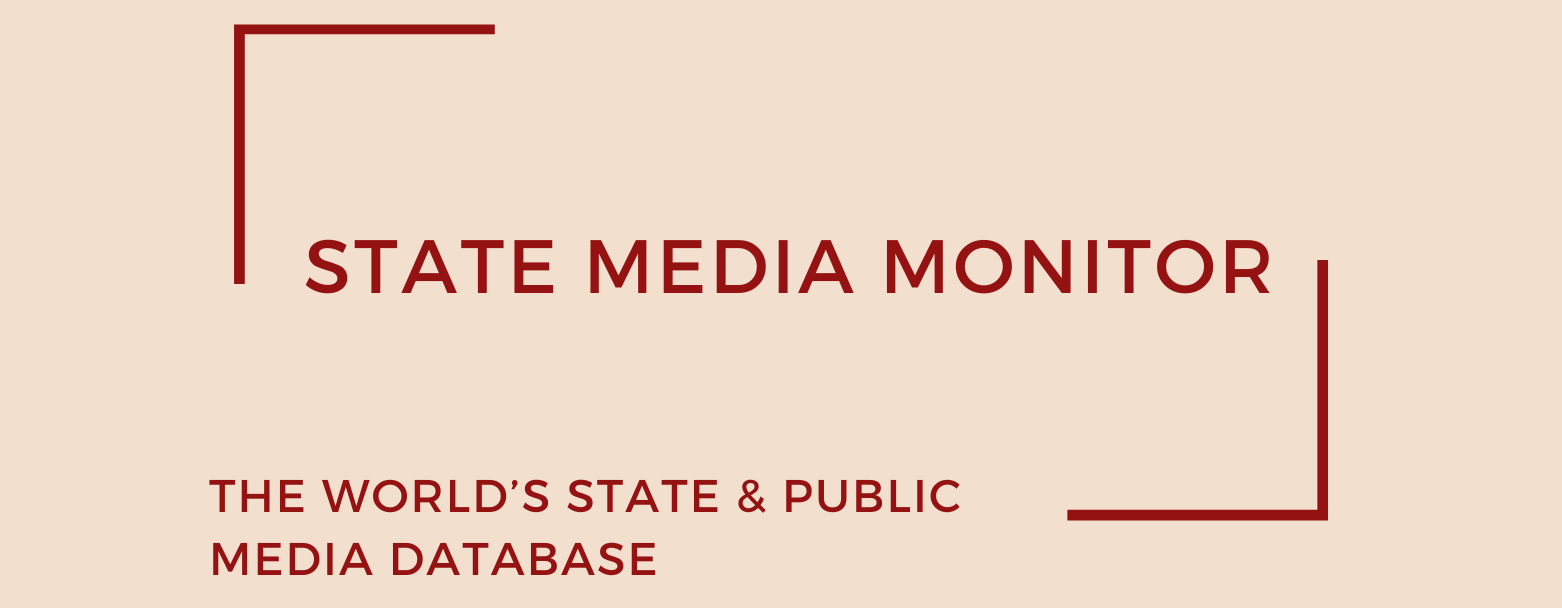Graphic Communications Group Limited (GCGL)
Graphic Communications Group Limited (GCGL) is Ghana’s leading state-owned print media company, originally established in 1964 when the government acquired the privately owned Mirror Group. The company rebranded to its current name in 1999. GCGL owns and operates several of the country’s most prominent newspapers, including the Daily Graphic, The Mirror, Junior Graphic, Graphic Showbiz, and Graphic Sports, maintaining significant influence over the nation’s public discourse through its broad readership base.
Media assets
Publishing: Graphic Online, The Mirror, Graphic Showbiz, Graphic Sports, Junior Graphic, Graphic Business, Nsɛmpa
State Media Matrix Typology
Captured Public/State-Managed or State-Owned (CaPu)
Ownership and governance
GCGL is a wholly state-owned enterprise. Its governance is overseen by a Board of Directors whose members are appointed by the government-backed National Media Commission (NMC), a constitutional body designed to oversee media independence but often perceived as politically influenced. The President of Ghana also plays a decisive role in appointing the Managing Director of GCGL, a process that has long drawn scrutiny for undermining institutional autonomy.
In April 2024, Cabinet approved a plan to partially privatize GCGL by floating a minority stake on the Ghana Stock Exchange (GSE)—a move hailed as a potential turning point in the company’s evolution toward financial independence and editorial transparency. However, as of June 2025, no initial public offering (IPO) has materialized. Delays are reportedly due to pending internal audits and lack of clarity on governance reforms demanded by institutional investors.
As of June 2025, Ato Afful remains Managing Director, though industry insiders suggest that a reshuffle is under consideration should IPO plans move forward.
Source of funding and budget
Although publicly owned, GCGL operates on a commercial basis and does not receive direct state subsidies. On the contrary, it pays annual dividends to the government, distinguishing it from other state-owned media entities in the region. The company’s primary revenue streams include newspaper sales and advertising, which respectively account for approximately 48% and 52% of total income.
- 2019 Turnover: GHS 71.34 million (US$ 13.9 million)
- 2020 Turnover: GHS 57.42 million; net loss: GHS 1.94 million
- 2021 Profit: GHS 2.3 million (following aggressive cost-cutting)
- 2023 Revenue estimate: Unofficial data suggests modest recovery, driven by increased ad spending during the 2024 election cycle.
- 2025 Outlook: A strategic review initiated in February 2025 aims to diversify income through digital expansion, but the results remain pending.
In March 2025, GCGL announced the launch of a new integrated digital newsroom initiative, Graphic Digital First, targeting tech-savvy readers with mobile-optimized content.
Editorial independence
Despite its commercial posture, GCGL remains editorially beholden to the state. Its flagship title, Daily Graphic, has been widely criticized for parroting government talking points and marginalizing dissenting voices. Editorial leadership, appointed via the politically influenced NMC, has shown little inclination to distance the publisher from the ruling party’s agenda.
An ad hoc media content analysis from 2024 revealed an overwhelming pro-government bias, with front-page coverage often featuring ministers, presidential tours, or development projects framed in overtly favorable terms. No robust statutory framework or independent body currently exists to safeguard GCGL’s editorial independence or enforce accountability standards.
In 2025, although no major censorship scandal emerged, newsroom sources reported persistent internal self-censorship and low morale among journalists seeking more balanced editorial direction. The situation was further compounded by the political overtones surrounding the delayed IPO.
June 2025
Citation (cite the article/profile as part of):
Dragomir, M. (2025). State Media Monitor Global Dataset 2025.
Media and Journalism Research Center (MJRC).
Zenodo.
https://doi.org/10.5281/zenodo.17219015
This article/profile is part of the State Media Monitor Global Dataset 2025, a continuously updated dataset published by the Media and Journalism Research Center (MJRC).
